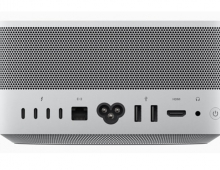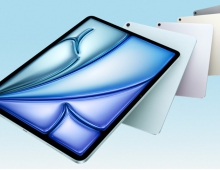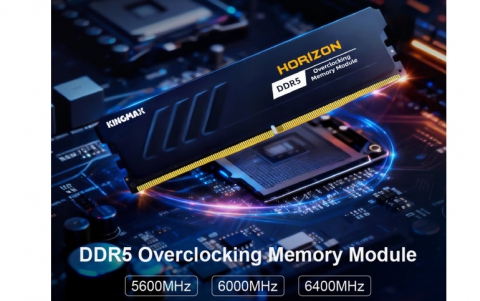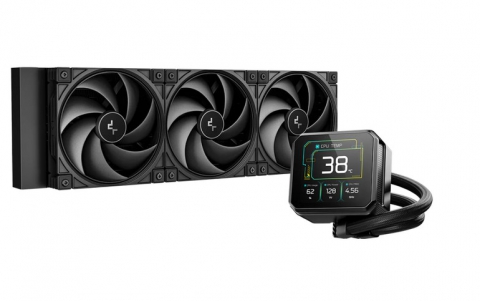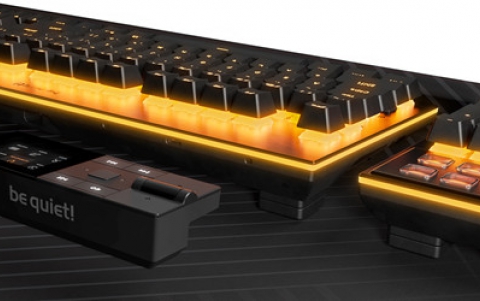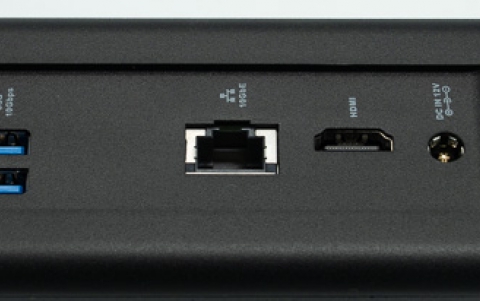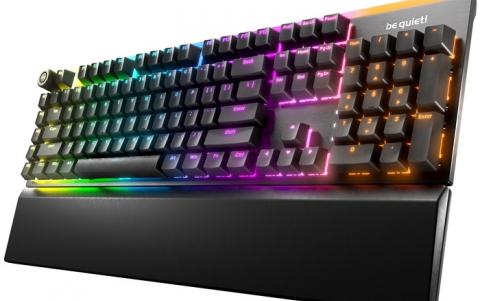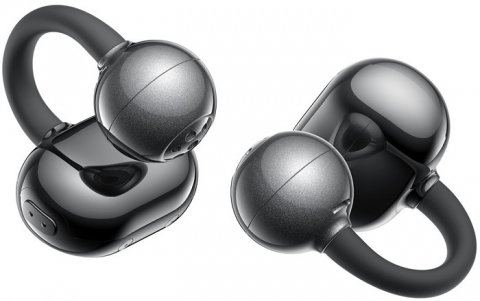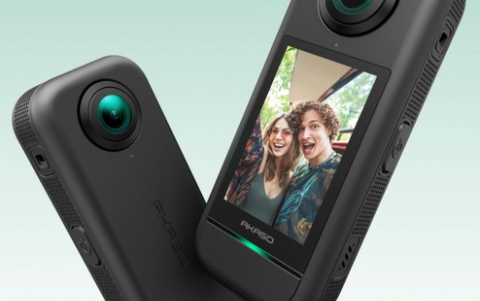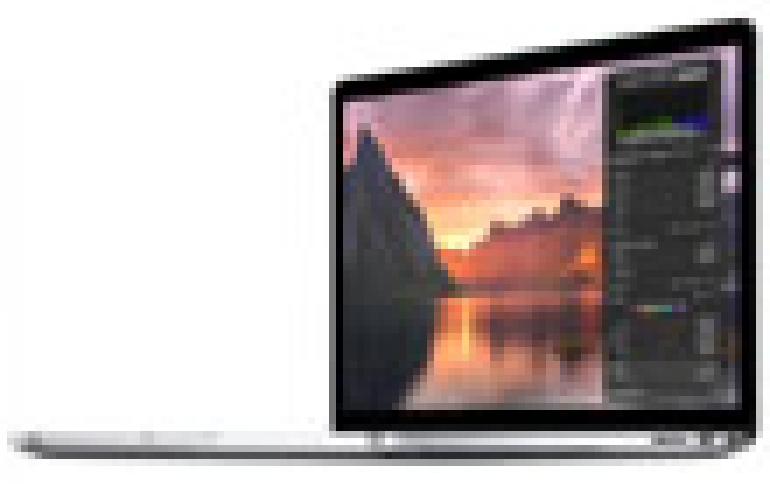
Apple Patents Photovoltaics Case For Notebooks
Apple today was awarded a patent for a portable computer that would be powered with solar cells, allowing it to be recharged through light.
The patent describes a housing for the lid of a portable computer, with a typical display screen on its front face and a rear plate is formed from electrochromic glass and may cover photovoltaic cells and touch sensors.
According to a sketch of the proposed laptop, the back panel of its display would have solar cells embedded in it to collect power from light.
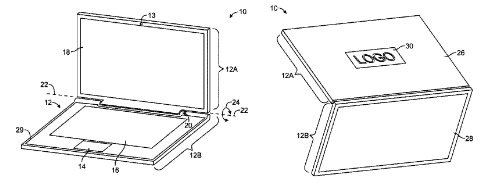
"Electrochromic glass" or electrically switchable glass, " may receive control signals (e.g., voltage control signals) from control circuitry." The control signals can be used to place electrochromic glass in either a transparent (light-passing) state or a translucent "light-blocking) state," the patent reads.
This means that in the light-blocking state, the interior of the MacBook's display would be hidden from the exterior view; the rear panel would appear opaque or translucent.
In the light-passing state, the rear panel would appear clear and allow images or other light output from status light-emitting diodes or other light sources.
When the laptop is near a light source, the light would pass through the electrochromic glass that forms the rear plate and the solar cells would convert it into electrical power at a rate of 10 milliwatts or more. Apple says that the solar cells would be capable of producing from 100 milliwatts to 1 watt "or even more" in order to charge the laptop's battery or power the computer while it is in use.
According to a sketch of the proposed laptop, the back panel of its display would have solar cells embedded in it to collect power from light.

"Electrochromic glass" or electrically switchable glass, " may receive control signals (e.g., voltage control signals) from control circuitry." The control signals can be used to place electrochromic glass in either a transparent (light-passing) state or a translucent "light-blocking) state," the patent reads.
This means that in the light-blocking state, the interior of the MacBook's display would be hidden from the exterior view; the rear panel would appear opaque or translucent.
In the light-passing state, the rear panel would appear clear and allow images or other light output from status light-emitting diodes or other light sources.
When the laptop is near a light source, the light would pass through the electrochromic glass that forms the rear plate and the solar cells would convert it into electrical power at a rate of 10 milliwatts or more. Apple says that the solar cells would be capable of producing from 100 milliwatts to 1 watt "or even more" in order to charge the laptop's battery or power the computer while it is in use.




